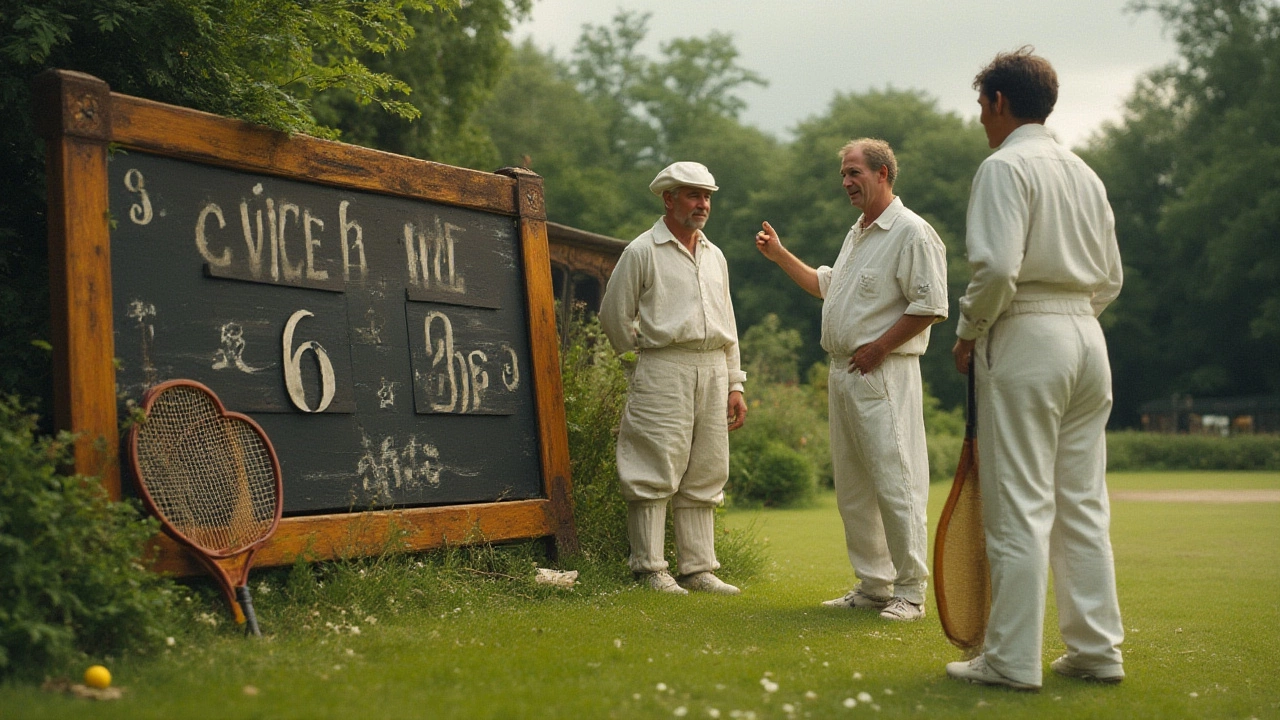
Master the Tennis Rules: Scoring, Serves, and On‑Court Conduct Made Simple
If you’ve ever watched a match and wondered why the score jumps from 15‑30 to 40‑15, you’re not alone. The good news is that tennis rules aren’t rocket science – they’re a handful of clear steps that anyone can grab. This guide breaks down the core rules you need to play, follow, or just enjoy the sport without getting lost.
Scoring Basics – From Love to Match Point
Every game starts at "love" (that’s zero). The first point you win makes the score 15, the second 30, the third 40, and the fourth wins the game – unless both players reach 40, which creates "deuce". From deuce you need to win two points in a row: the first gives you "advantage", the next clinches the game. Sets are usually first to six games, but you must lead by two. If it gets to 6‑6, a tiebreaker decides the set – the first to seven points, again with a two‑point lead.
Match format varies: men’s Grand Slams play best of five sets, most other events use best of three. Knowing when a set ends helps you follow momentum and anticipate break opportunities.
Serving Rules & Faults – Getting the Ball in Play
The server starts each point from behind the baseline, alternating sides after every point. You have two chances to get a legal serve. The first try is the "first serve"; if it lands in the service box, play continues. Miss it or hit a fault, you get a "second serve". A fault on the second serve means a double fault and the point goes to your opponent.
Legal serves must clear the net, land in the opposite service box, and be struck above waist height. A "let" occurs when the ball touches the net but still lands correctly – you simply replay that serve without penalty.
Foot faults happen when you step on or over the baseline before hitting the ball. The umpire will call it immediately and award the point to the receiver.
Beyond the serve, keep an eye on the "no‑volley zone" (if you play doubles on grass or fast courts) – though most courts don’t enforce it, knowing the rule can save confusion.
Now that you’ve got scoring and serving down, remember that tennis also has a code of conduct. Players must respect line judges, stay quiet during points, and avoid unsportsmanlike behavior. A warning can turn into a point penalty, and repeated offenses may lead to a game loss.
Line calls are usually final, but many tournaments use electronic review (like Hawk‑Eye) to challenge. If you’re playing casually, trust your opponent’s honesty – it keeps the game fun.
Finally, a quick tip: practice your serve rhythm. A consistent toss and a smooth racket drop help you avoid double faults, and a solid first serve puts pressure on your opponent right away.
With these basics in your pocket, you’ll understand every rally, know when a game is truly over, and feel more confident on the court. Whether you’re playing a weekend match or just watching the Wimbledon final, the rules now make sense – and that’s half the fun of tennis.
